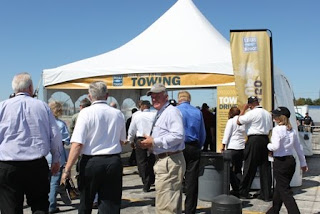
By law, every new passenger vehicle comes equipped with dual front air bags. But the sophistication of the systems can vary. It's worth checking what type of air-bag systems a vehicle has.
Most upscale vehicles and many others now have some version of a "smart" air-bag system. It uses electronic sensors to gauge several variables, which, depending on the model, include crash severity, safety-belt use, the position of the driver's seat, and the weight and/or position of an occupant in the front-passenger seat. This information is used to tailor the deployment of the vehicle's front and side air bags.
Dual-threshold and multistage front bags can deploy with varying force, depending on crash severity. In a less-severe collision the bags inflate with less force. In a more severe crash, the bags inflate with more force and more quickly. Many systems withhold deployment on the passenger side if the seat is unoccupied (to save money on replacement) or if the seat is occupied by a person below a certain weight (to prevent possible injury from the bag). The government mandated "advanced" front air bags to be phased in all cars between the 2004 and 2007 model years. They deploy less aggressively or not at all, depending on a front passenger's size or position.
Side air bags are now common for front occupants. The basic side air bag deploys from the seatback or door, and is designed to protect a person's torso. Separate side bags that protect the head are becoming increasingly available, as well. The most common design is a side-curtain bag that drops down from the headliner and covers both the front and rear windows. Consumer Reports highly recommends head-protection side air bags where they're available.



